LV Replica Bags Market: Are Fake Bags Selling as Well as the Real Ones? market has seen significant growth in recent years, with LV counterfeit bags standing out as some of the most sought-after items. A recent survey has uncovered a surprising trend: the sales of Replica Designer Bags are almost on par with those of genuine LV products. This unexpected revelation raises many questions and concerns about the dynamics of the luxury market and consumer behavior.

Louis Vuitton, commonly known as LV, is a globally recognized luxury brand that has built its reputation on distinctive designs, superior quality, and high price points. Despite these characteristics, which typically serve to deter counterfeiters, the counterfeit market has managed to thrive, offering nearly identical replicas at a fraction of the price. The growing consumer interest in these counterfeit products, particularly LV bags, suggests a shift in the luxury goods market and consumer purchasing patterns.
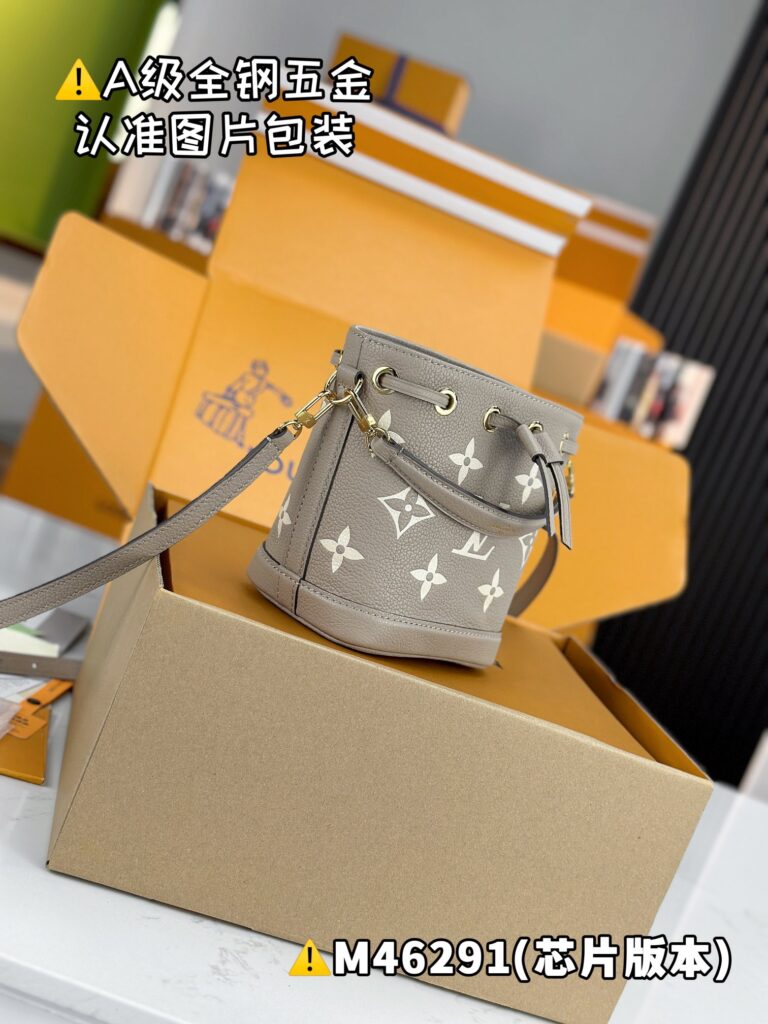
Technological Advancements Fueling the Counterfeit Market
One of the key factors driving the success of LV counterfeit bags is the technological advancements in manufacturing. Counterfeiters have refined their techniques to the point where it is increasingly difficult to distinguish between a genuine LV bag and a counterfeit one. High-quality materials, precise craftsmanship, and attention to detail have enabled manufacturers to replicate the look and feel of LV bags so accurately that even experienced consumers can be fooled. The ability to produce such convincing replicas has given the counterfeit market a significant boost, as consumers feel they are getting the luxury experience without the luxury price tag.

Price Accessibility and Consumer Appeal
The price of LV counterfeit bags is another major factor contributing to their popularity. Authentic LV bags are priced at a premium, often costing thousands of dollars, which places them out of reach for many consumers. In contrast, counterfeit LV bags are available at a fraction of the cost, sometimes as little as one-tenth of the price of a genuine bag. This price difference makes counterfeit bags an attractive option for consumers who desire the appearance and status associated with luxury goods but cannot afford the genuine articles. For many, the opportunity to own a bag that looks like a Louis Vuitton, even if it’s not authentic, is too tempting to pass up.
The Influence of Social Media
Social media platforms and online communities have also played a crucial role in the proliferation of counterfeit LV bags. Influencers and celebrities, some of whom may unwittingly promote counterfeit goods, have a significant impact on consumer trends. When these figures showcase luxury bags, including counterfeits, on their platforms, they inadvertently legitimize and glamorize the purchase of counterfeit goods. This exposure, combined with the ease of sharing purchasing tips and recommendations online, has contributed to a growing trend of buying counterfeit luxury items. Consumers are often driven by the desire to emulate the lifestyles of their favorite influencers, leading them to purchase counterfeit products that mimic high-end luxury items.

Legal and Ethical Implications
Despite the appeal of counterfeit LV bags, there are significant legal and ethical concerns associated with their production and sale. The creation and distribution of counterfeit goods constitute intellectual property theft, violating the rights of the original designers and brands. Additionally, the counterfeit industry is often linked to broader criminal activities, including labor exploitation and the funding of illegal enterprises. Consumers who purchase counterfeit goods, whether knowingly or unknowingly, may be contributing to these unethical practices.
Moreover, the quality of counterfeit goods is generally inferior to that of genuine products. While counterfeit bags may look similar to authentic LV bags, they are often made from lower-quality materials and lack the durability of the real thing. Consumers who buy counterfeit bags may find that their purchases do not hold up over time, leading to dissatisfaction and further financial loss.
Conclusion: Navigating the Counterfeit Market
The LV counterfeit bag market highlights the complex intersection of consumer demand, technological advancement, and legal challenges. While counterfeit bags offer a seemingly attractive alternative for consumers looking to access luxury goods at a lower price, they come with significant downsides. These include the potential legal ramifications, ethical concerns, and the risk of poor product quality.
As the market for replica designer bags continues to expand, it is crucial for consumers to be aware of the implications of their purchasing decisions. Strengthened intellectual property enforcement, increased consumer education, and ethical marketing practices are essential to addressing the challenges posed by the counterfeit market. By making informed choices and supporting legitimate brands, consumers can help protect their own interests and contribute to the sustainability of the luxury goods industry.
This analysis underscores the importance of navigating the counterfeit market with caution. While the allure of luxury at a lower cost is undeniable, the broader implications for both consumers and the industry should not be overlooked. Ultimately, preserving the integrity of luxury brands and ensuring fair market practices benefits everyone involved, from manufacturers to consumers.


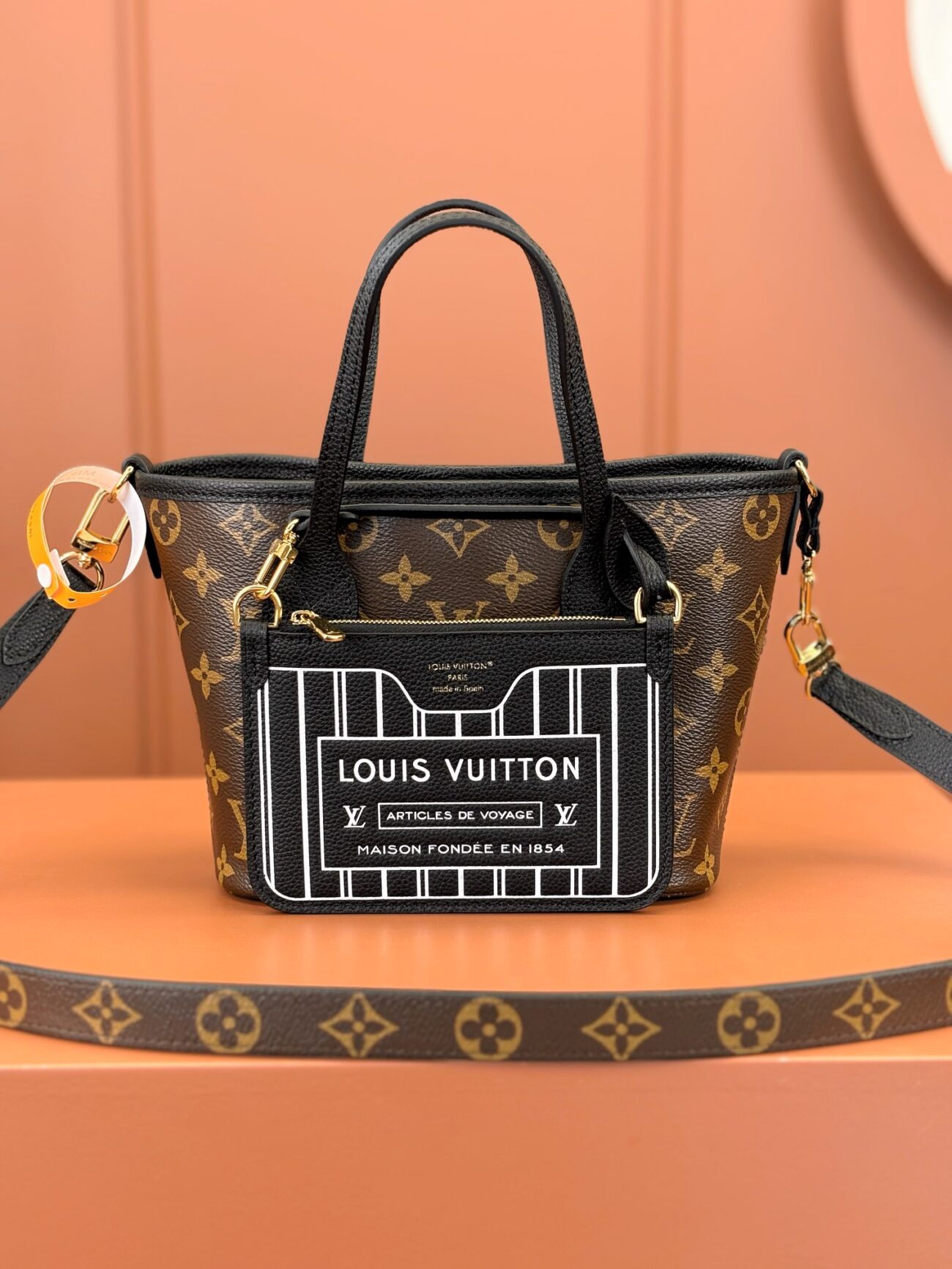
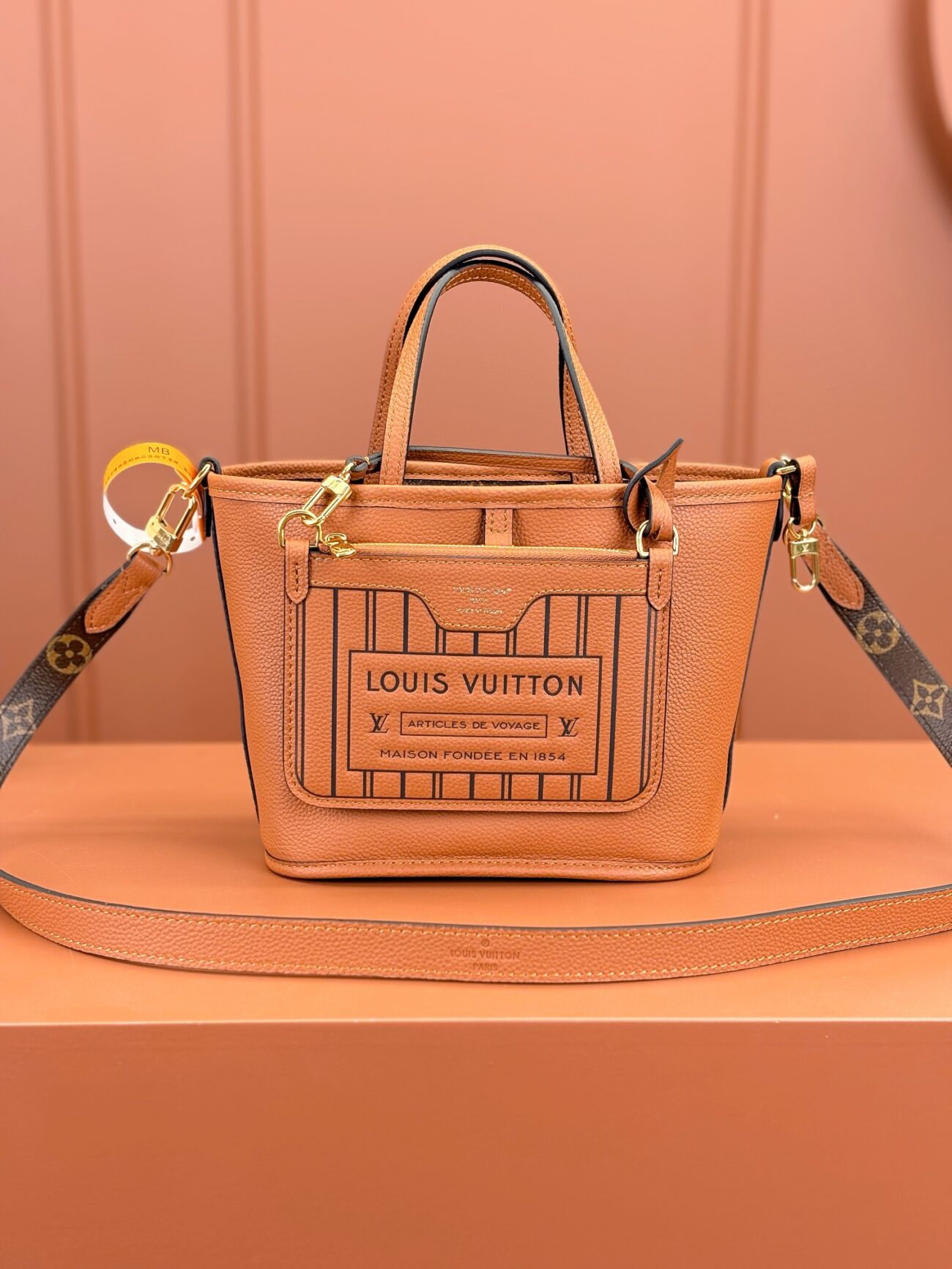
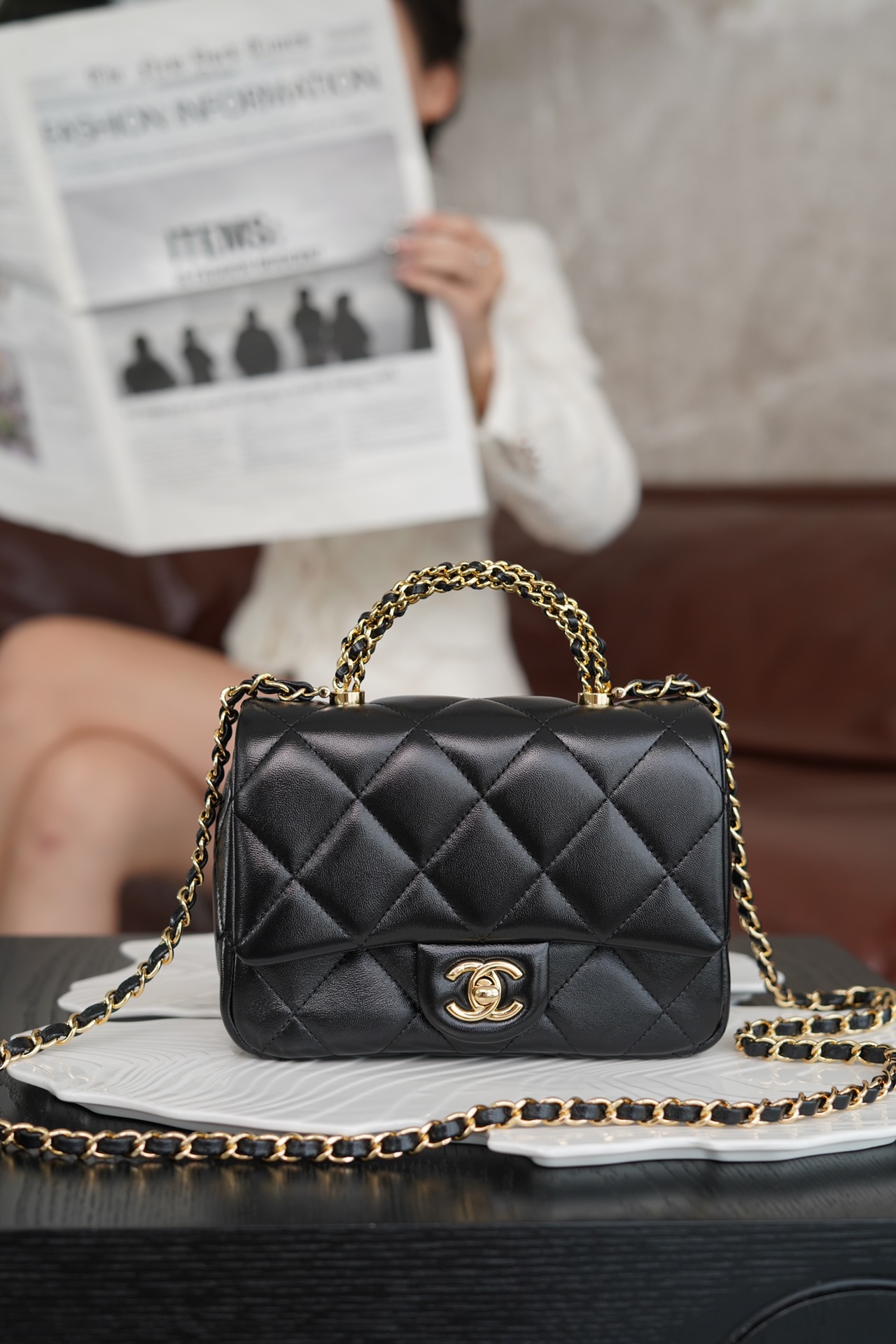
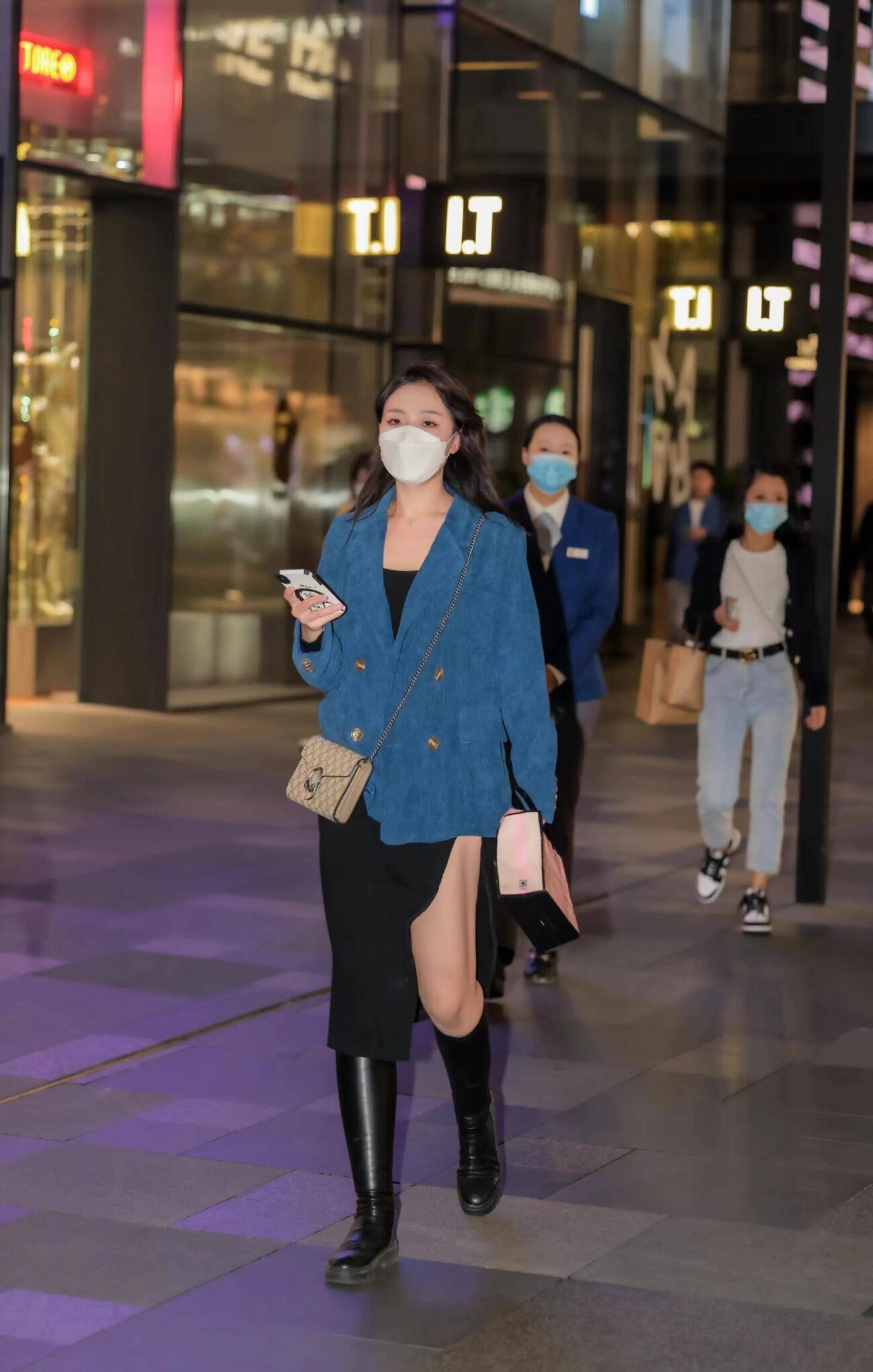
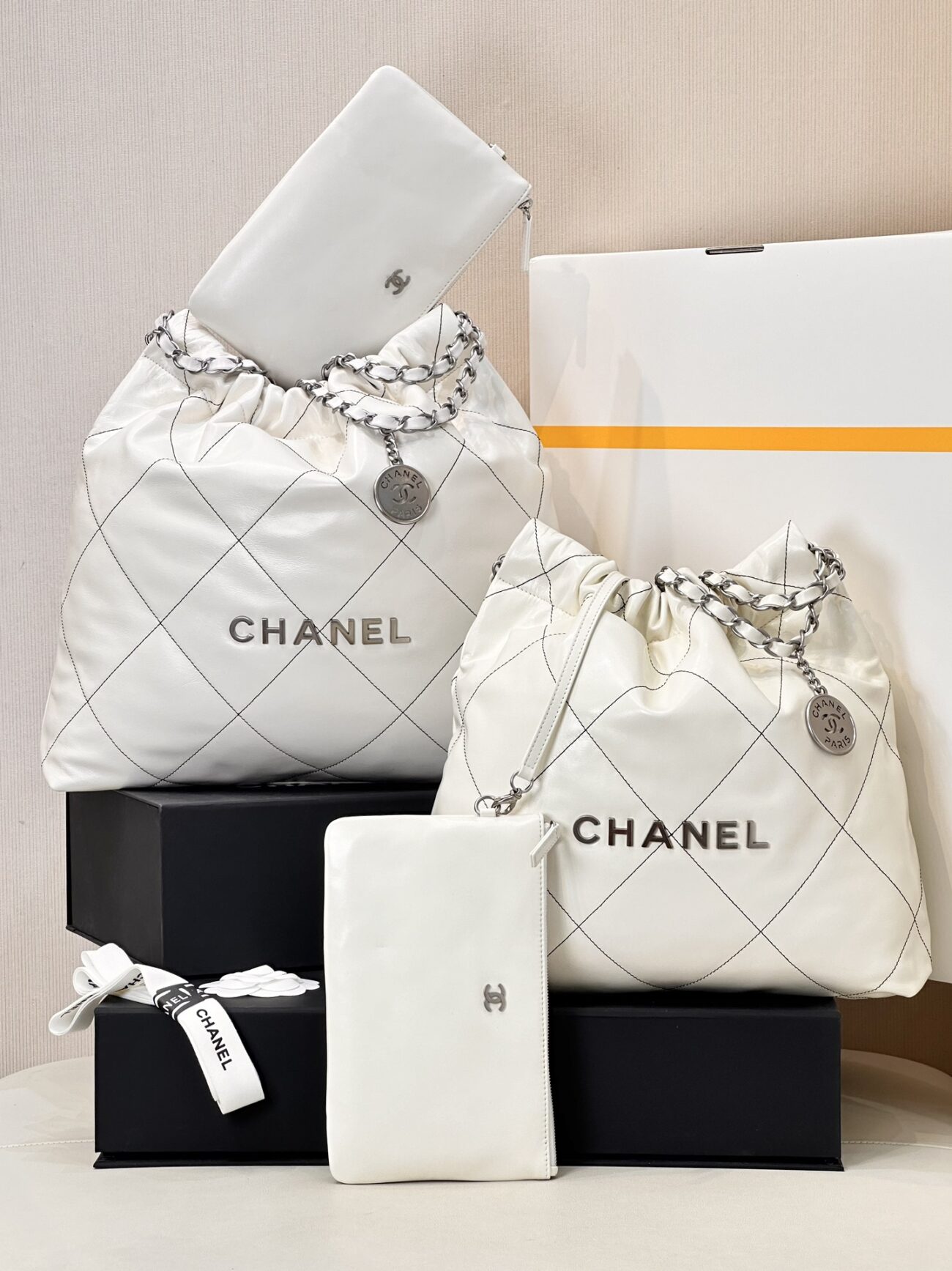
Leave a comment